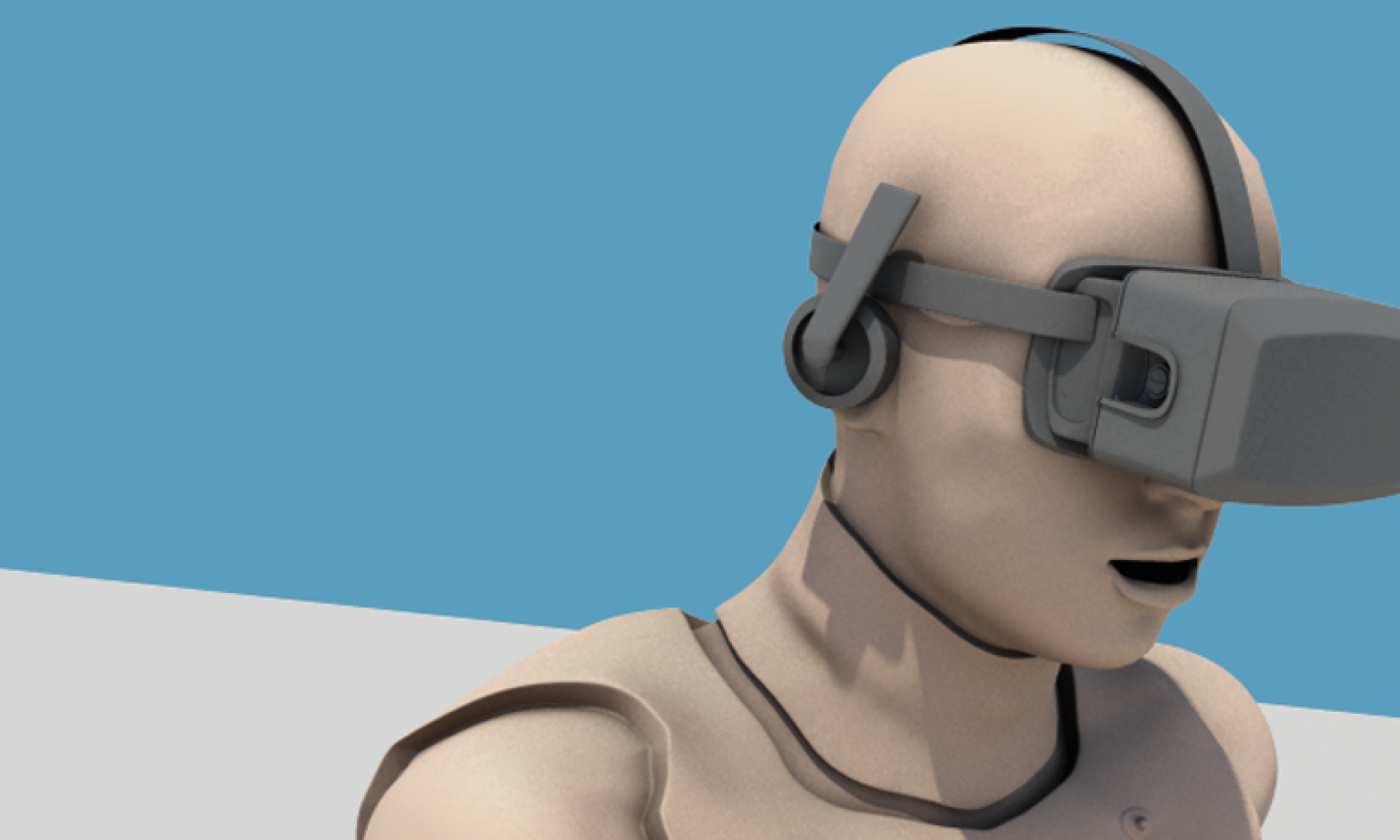M.Manivannan, IIT Madras, 4th April 2020
No doubt the COVID-19 patients in ICU need ventilators, but the low cost ventilators do not deserve so much attention globally.
Ventilators are definitely the most important tool hospitals have for keeping Covid-19 patients in the most critical condition alive. But they are not the only solution for COVID-19. Even if we assume that the use of ventilators is the only solution, evidence just started coming up on the futility of ventilators for COVID-19 patients. COVID-19 patients are taking much longer duration on ventilators compared to that of the patients with other lung disorders – COVID-19 patients need upto seventeen days on ventilators whereas other patients need only upto four days.
Ventilators are designed mainly to improve the lung function, particularly lung recruitability. Recent experiences show that lung recruitability was low among patients with COVID-19 induced ARDS, this leads to longer ventilator use. Longer they stay on ventilators, higher the risk of ventilator related diseases such as ventilator-associated pneumonia. Apart from these risks, prolonged mechanical ventilation is also associated with higher mortality.
Ventilators are needed only in ICU, not outside ICU. While most people with COVID-19 develop mild or uncomplicated illness, only 14% develop severe disease that requires hospitalization and oxygen support, and only 5% require admission to an intensive care unit (ICU). In severe cases, COVID-19 can be complicated by the acute respiratory distress syndrome (ARDS), sepsis and septic shock, multiorgan failure, including acute kidney injury and cardiac injury.
The low-cost ventilators frantically designed in a rush globally have two main issues: First, they are essentially for non-invasive ventilation. Non-invasive ventilation is generally not recommended for patients with viral infections complicated by pneumonia leading to acute respiratory distress syndrome (ARDS). Although non-invasive ventilation temporarily improves oxygenation and reduces the work of breathing in these patients, this method does not necessarily change the natural disease course as shown in recent research study published in Lancet, a top medical journal. Second, Corona patients need precise delivery of air pressure and flow, the requirement which the low-cost ventilators generally ignore.
India needs to look much beyond the ventilators, particularly low-cost ventilators. Entire process related to COVID-19 needs to be carefully looked at, starting from prevention, diagnosis, finally treatment. There is a lot of room for innovation beyond the ventilators for the 5% of the COVID-19 patients. Let us get over this obsession on ventilators. In this connection, the approval for the Centre for Augmenting War with COVID-19 Health Crisis (CAWACH) by The science and technology ministry on this Friday is in the right direction.
Unlike western countries, Indian scientists and clinicians hardly work together. What urgently needed in India is quite a few integrated teams of non-only scientists and clinicians working together, but also passionate engineers and industrialists for affordable solutions without compromising quality. No other country in the world has so much population as India, at the same time with limited resources, therefore India needs to focus on frugal affordable solutions.
Beyond COVID-19, India urgently needs dedicated and visionary institutes that can promote similar collaborations in the future, in a mission-mode war-footing mode, that can breed scientists and engineers with in-depth training in medical and clinical sciences so that they could function as independent investigators on various important problems, at the interface of engineering, technology, clinical medicine, and science at the same time adapting the rich wellness heritage of India.
India has huge potential and is poised for innovation which has a mindset to be frugal, simple and therefore affordable, and lead the world in affordable wellness technologies.
DISCLAIMER:
The author is a professor of Biomedical Engineering in IIT Madras. The opinions expressed in this article are those of the author. They do not purport to reflect the opinions or views of IIT Madras or its members.

